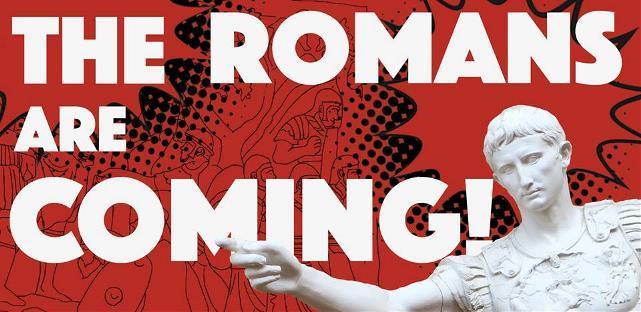Summer
Year 3 Summer Timetable
Year 3's Summer Term Curriculum
This term, our Humanities topics will focus on
The Romans

During our history topic, the children will be learning about the Roman Empire and its impact on Britain at the time and the legacy it left us.
Cross curricular areas linked to these topics are as follows:
Math: Looking at timelines to work out how many years ago the Romans invaded Britain, and how long they settled for. Are they able to work out how many of their lifetimes ago this was?
Art:
- Use pictures of Roman statues as stimulus to draw the portraits of Roman Emperors.
In science, we will be learning about Forces and Magnets. The children will learn how to work scientifically and write up their investigations in a more formal way — using predictions, methods, results and conclusions. Click here to watch a video on magnets.
Helping at Home
There are various ways you can support your child with their learning at home. Please see some suggested ideas below for each subject:
In maths, we continue to practise calculations of the four operations (addition, subtraction, multiplication and division) during our fluency sessions to build accuracy. We encourage that you continuously use the their maths homework as an opportunity to talk about their work in school. Maths can be seen everywhere, so please talk to them about amounts and getting change back when shopping, discuss timetables and time duration when travelling, and talk about the use of different geometric shapes and lines when looking at artwork.
DT : Please find below under the Resources tab, a template for a narrow boat that the children can try their hands on.
In English, we encourage you to hear your child read daily. Please remember to record in child’s reading record the page numbers read and then sign.
Science: Explore the science of how boats float. Click here to watch how boats float
We also ask that you continue to help your child practise and get an understanding of the 3 and 4 statutory (copy attached as pdf below). In English lessons some of these words from the statutory list are used in model writing so the children are exposed to them. The y will have other spelling words which would be taught in class following spelling rule patterns.
